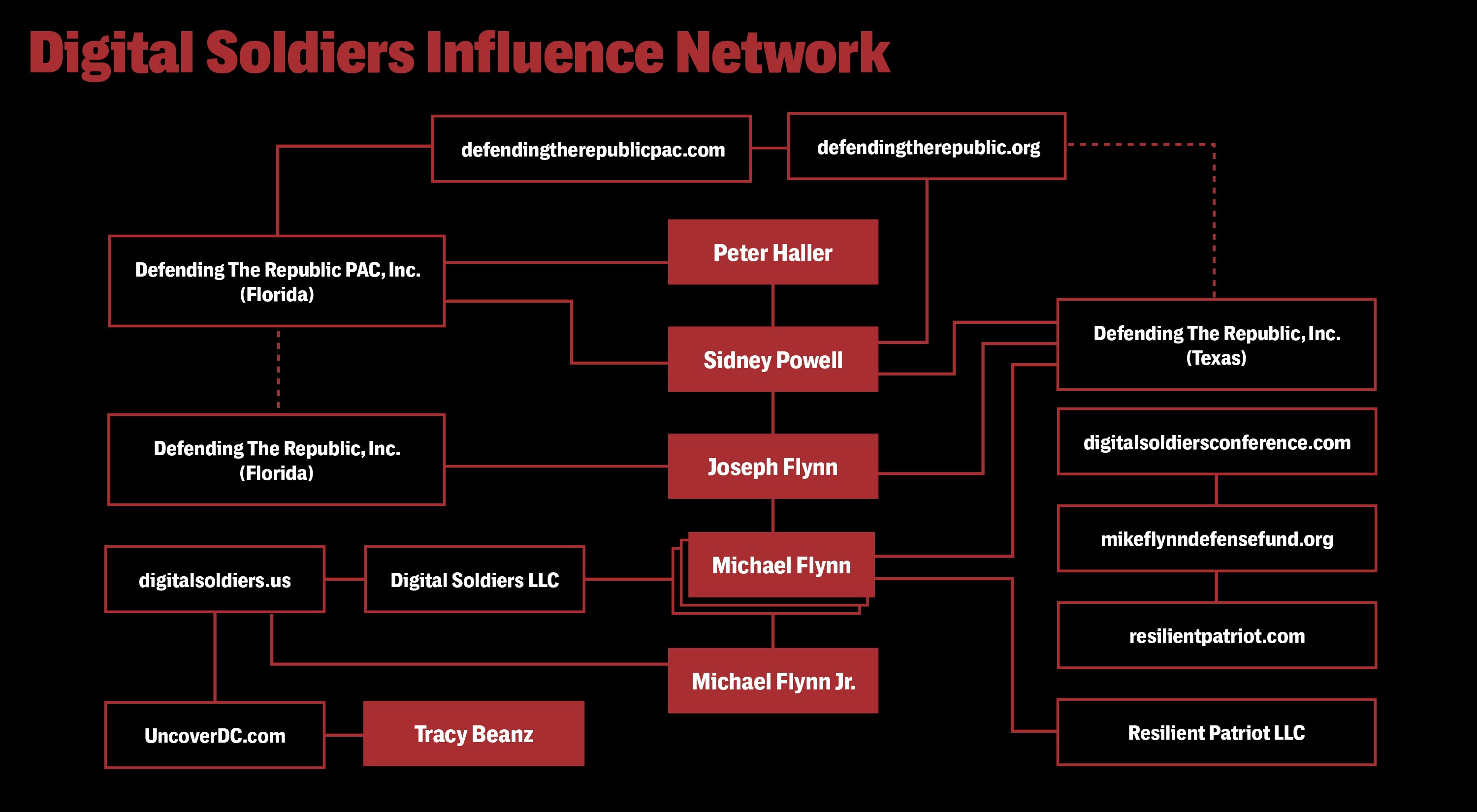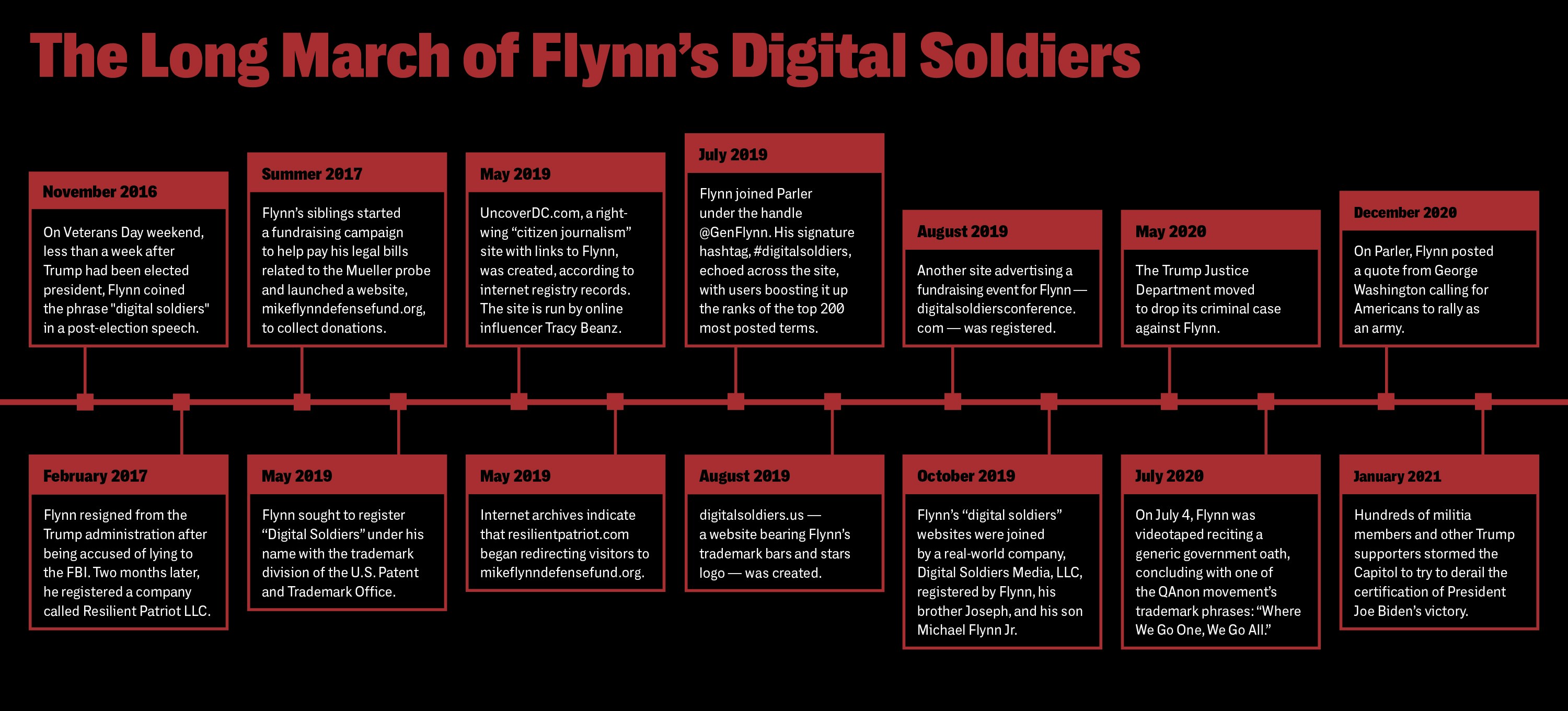ブログ読者の皆様、
SNSフォロワーの皆様へ
本ブログである「あなたがあなたの救世主」の
アカウント主でkazzhirockとして記事を執筆されていた kazz(カズ)さんについて、
お伝えしたいことがございます。
kazzさんは
昨年2021年8月27日、
脳出血にて永眠なされました。
深い哀悼の念とともに 心よりご冥福をお祈りいたします。
kazzさんは、twitterでは「あな救さん」として、
YouTubeでは「kazzjazzhero」「 へらちょんぺっぺ」さんとしてコメントし、 その他複数アカウントから さまざまなご発信をなさっていましたが、
このような事情で更新がなくなりました。
この文章を書いている「私」は あな救さんことkazzさんの、
こちらのブログでは頻繁にカラースターを付けさせて頂いたりコメ ントのやり取りをしておりました、 アカウント名ではmiyabi0804と申します。
kazzさんからは「miyabiさん」とか「みやちゃん」 と呼ばれておりました。
プライベートなメールをするようになってからはお互いに東京・ 九州を行き来する親しい仲になり求婚されていました。
お亡くなりになる約1週間後の9月5日は kazzさんのお誕生日なので、私は東京でお会いする約束をしていました。お互いにその日を楽しみにしていたところでしたので その哀しみの深さは言葉に出来ません。
直前までTwitterで
ファクトチェック
kazzさんは8月26日の夜23時頃、 ふらつきながらお部屋から出てくると、 その日の夕食を吐いてしまい、驚くお母様の腕の中で そのまま意識を失い救急車で病院に搬送されましたが、 手の施しようがなく、そのまま27日の明方 脳出血にて急逝されました。
kazzさんは日頃から痛風や高血圧、 腎臓の悪化に悩まされており、喫煙者でもあった為 私は心配でしたが、ようやくご自身の健康に気を配る様子になり、 水泳や食事制限を始めてくれていた矢先でした。とても残念です。
御礼
皆から慕われてたあな救さん
ブログやtwitterが休眠状態にもかかわらず、
tweetに、または直接DMに、 たくさんの方々から温かいご心配のメッセージや励ましのお言葉を かけて頂きました。
ご心配を寄せて下さった皆様を無視した形になってしまっているこ とや、実生活的なお付き合いがなかった方々にまで わざわざお知らせして今更ながらに悲しいお気持ちにさせてしまう ことが、果たして良いのか悪いのか、 どちらにしても心苦しく思ってずっと迷っておりました。
snsからご交流頂きました皆様には
生前のご厚誼に改めて感謝をお伝えしておきたく、
さまざまな試行錯誤の経緯から
ご報告が年明けになってしまいましたことを
この場をかりて深くお詫び申し上げます。
今後のブログ
kazzさんのご遺志と、
残されたご家族であるkazzさんのお母様のご意向により、 私はkazzさんに関するSNSの全てのアクセス情報や主要な端 末を贈与されましたが、
引き継がせて頂くかはわかりません。
今後は彼から知的遺産を託されたものとして恥ずかしくないよう、
私自身 更に学びを深めていく所存です。
お亡くなりになられたkazzさんが 今後こちらのブログを更新することはありませんが、
彼と生前話していたテーマや、 悟りのことなどについては私なりに補足していければとも考えてお ります。
引き続きお付き合い頂ける時はどうかよろしくお願い致します。
今後こちらのブログに もし記事を追加共有する場合については
kazzさんとやり取りをさせて頂いていた時の「miyabi」 として書かせて頂きたいと思います。
kazzさんの書いたものは難解な部分もありますが、 時々読み返すと 前回気付かないと思っていた深い内容や言い回しも含まれているこ とが多いので、折に触れご参考に、再読して頂けたら嬉しいです。
長い間 本当にありがとうございました。
kazzさんの読者さま
kazzさんを慕って下さった方々へ
愛と感謝を込めて
miyabi
(本日は気持ちの区切りとして、下段に、 過去に頂いたkazzさんからのメールを一言一句削らずそのまま掲載させて頂きましたが、
ここからは個人的な意味合いになり、お知らせではないので、ページを閉じて下さい。)
(kazzさんの)お母様へ
お葬式や法要の後はkazzさんのお部屋で たくさんの蔵書やレコードを見せて頂き、
とても感慨深かったです。
また、お母様がその時に作って下さったお料理は
私とkazzさんがまだコメントし合うようになって間もない頃の、二人の間では懐かしい「あさり論争」と呼ばれるお料理でした。
全てが偶然のようで、運命だったのかもしれません。
先日お話させて頂きましたが、
今までkazzさんから頂いておりました膨大な量のお手紙について、改めてお伝えしておきたい事があります。
大変に心苦しく勝手ながら、
私からは最後にkazzさんにお返事の形で こちらに追悼を載せて頂き、
その後は自身の端末からは 今まで全てのメールを削除させて頂きたいのです。
そうしないと私はこれらを一生保存して、読み返すばかりになり、決して前には進めません。
消してしまうのは忘れたいということではなくて、
いつまでも彼を愛し続けるということです。
kazzさんも きっとそれを望んで下さっていると思います。
私達二人を結んでくれたこの場所で、私は全世界に向けて
kazzさんをいつまでも愛している、と書き残しておきたいです。
こんな素敵な方をこの世に産み出して下さり、私は出会えてとても幸せでした。
本当にありがとうございました。
お母様もどうか いつまでもお元気でいて下さい。
また、ご挨拶に伺います。
kazzさんの愛するお母様へ
尊敬と深い感謝を込めて
miyabi
kazzさんからのメール
miyabi様
ブログを書こう書こうとしているのだけれども、まだどうしても「 あなたといた日々」から「得たもの」を書こうとすると、 うまく言葉にできないので書けないでいます。
「うまく言葉にできない」というのも、実はニュアンスが「 私の言いたいこと」と違っていて。
私がブログに書いているのは、色んな形をした「 あなたへのラブレター」だということに改めて気付きました。
多くの人に読んでもらえるのは「 私からあなたへの個人的なラブレターの、 ほんのごく僅かな上澄みの部分」でしかなくて。
「あなたに伝えたいこと」を「わざわざ上澄みで伝える」 ことはないでしょ?
だから素直になんでも書けるメールにしました。
素直になんでも伝えられるはずの個人的ラブレターにしたって、 それでも「そのもの」は伝えられないんだけどね。
そして、このメールを書くためにGmailを開いたところ「8/ 16にあなたに送ったメール」が目についたので読んでみました。
「精神的」には「あなたとたくさん繋がっている」 と感じていたけれども、まだ「空間的・肉体的」 にはあなたと繋がっていなくて、さらに言えば「 無限の可能世界が存在する未来の時間的には、 あなたと繋がっていられるかわからないという思いが強かった時」 の「私」が書いた文章です。
やっぱりというかなんというか(笑)
中島らもの名言に関すること(その言葉に対する私の認識の変化) を「ブログに書こうといていて、上手く上澄みにできなくて、 でもみやちゃんには伝えたくて」という状態だったのですが、 案の定、「8/16のメール」で「その言葉」 を引用していることを確認し笑いました(笑)
気恥ずかしいのですが、蒸し返してみます(笑)
>普段は強がっていますが、 実際に闇の中で暮らすことを選んだ私には、 あなたは眩しい光でした。
>そのような人に価値を見出して貰えて、 本当に嬉しかったですし、自信にもなりました。
>生きててよかったな、と思えたものです。
中島らもの『僕に踏まれた町と僕が踏まれた町』 という小説の中に書かれていた文章は、 正確にはこういう一節です。
>ただ、こうして生きてきてみるとわかるのだが、 めったにはない、何十年に一回くらいしかないかもしれないが、「 生きていてよかった」と思う夜がある。
>一度でもそういうことがあれば、その思いだけがあれば、 あとはゴミクズみたいな日々であっても生きていける。
>だから「あいつも生きてりゃよかったのに」と思う。 生きていて、バカをやって、アル中になって、醜く老いていって、
>それでも「まんざらでもない」 瞬間を額に入れてときどき眺めたりして、 そうやって生きていればよかったのに、と思う。
これは、中島らもが「浪人時代に自殺してしまった同級生」 に向けて、 彼が大人になってからの経験を踏まえて送った言葉です。
私はこの言葉というか考え方というか、 こういうものに非常にシンパシーを感じていました。
「みやちゃんと過ごした日々」は、本当に私にとっては「 夢のような時間」でしたし、それまでの私だったら「額に入れて、 ときどき眺めよう」としていたことでしょう。
「二度と訪れるはずがないもの」だと決めつけ、 あまりにも大事なものだったので過剰に守ろうとし、 記憶の中で反芻することで「 辛い人生を乗り越えるための現実逃避」 に利用しようとしていたことでしょう。
アホでした(笑)
「悲劇のヒロイン症候群のナルシスト的な感性」 全開だったものだと思います。
「過去の記憶で出来がった私」が、 やはり強く存在していたのだと思います。
頭では「未来はそんな捨てたもんじゃない」だったり「 俺はもっとやれる!」であったり「なんたって俺は天才だ!( 自惚れ)」が存在していたはずですが、それでも「確信」 を持てるまでには到ってはいませんでした。
今、このメールを書いている私は「確信を、 以前までよりもかなり多く」持っています。
より正確には「 そうなった自分が感じているだろうことに限りなく近いことを感じ ている状態」とも言えます。
今朝、 結局母が勝手に購入してきてくれていた毛布に包まなれがなら目覚 めました。
毛布は「私が勝手に想像していたもの」よりも「 遥かに素晴らしく満足できるもの」でした。
福岡での素晴らしい日々は「最新の過去」 になってしまっていました。
以前の私ならば「なんでみやちゃんが隣にいないの?」とか「 なんで近くにいないの?」とか、そんな「あなたの不在」 にばかり気を取られ、悲しくなっていたことでしょう。
もちろん、そんな「あなたの不在」をとても寂しく思いましたし、 あなたが恋しくて仕方ありません。
でも、その「不在」というものは「物理的・空間的な不在( 単に距離が離れているだけ)」であることも強く理解しました。
「精神的」には「とても強く結びついている」 と相変わらず感じていますし、「時間的」には「 あなたと一緒にいる自分が感じているであろうこと」 を感じています。
「遠距離なんて耐えられない」と感じるのなら「物理的・ 空間的」にも「あなたの側にいる自分になろう」 と強く感じています。
何より、「遠距離なんか耐えるもんじゃねぇ」 と思っています。
なにせ、私は「寂しがりや」ですからね(笑)
「とっても幸せ」でしたもんね?
あらゆる意味で「繋がっているとき」というのは。
「空間的・時間的」にも「精神的・肉体的」にも、どんな時でも「 あなたの限りなく近く」に存在していることが「私の幸せ」です。
人間、そんな状態を「常に感じているのがデフォルト」であれば、 「現状がそうでないことに激しい違和感」を感じます。
そして「その違和感を解消しよう」とするので「 本気で行動を始める」ものです。
※ 「認知的不協和」のプラス面での解消です。
私は常に「最高に幸せな状態」 がデフォルト状態になってしまいました。
「確信した」と表現すると「未来とされる時間軸上の点」 においての「不確実性」に対して「無理やり『 自分はしあわせになれるんだ!』と信じ込もうとしている」 ようなニュアンスも発生しかねませんが、そのような「思い込み」 ではなく、私はただ「幸せ」でいます。
でも、やっぱりあなたの唇は恋しいです(笑)
「あなただけに伝えたい、 素晴らしい日々を過ごした私の個人的な感情」 はだいぶ書くことができたので、あとはブログでボチボチ「 上澄み」の方だけ書こうと思います。
台風が近付いてきているけど、 あまり威力はなさそうなのでそんなに怖がらないでね。
飛んでいけるなら、すぐ飛んでいって抱きしめていたいです。
自家用ジェット所有するぐらいになってやろうと思います。
そもそも、 そんなもん買わないでも近くに入れるようになればいいだけでした (笑)
それぐらい前向きというか、 考え方がかなり変わってしまったというか、 元々あったものの一部がより多く発露するようになったというか?
あなたがどんな形であれ、 私に常に良い影響を与え続けてくれています。
本当にありがとう。
愛しています。
miyabi様
過剰に心配しすぎてごめんなさい。
また、いじけたような反応をしてしまい、上手く伝えられなくて、 あなたに不快な思いをさせてしまって申し訳なく思っています。
さて、弁明というか、申し開きというか。
先ずは最近私が考えていることから聞いてもらってもいいでしょう か?
ブログはいよいよ「『西洋文明という概念』すらも『虚構』 であるかもしれない」というところまで進んできました。
当然、このような考え方は「普通の人々(「目覚めた!」 と思ってる人たちでさえ) には受け入れられない可能性が高いもの」です。
※ このシリーズは、 これからヘレニズム文化であるとかイスラム文明であるとか「 中世は暗黒だった」という「植え付けられた認識」 の話であるとか、しばらく続きます。
私は、これらのことを「既に知っていて、考え続けてきた」 わけです、あなたに「出逢う前から」とっくに。
別に「あなたに対する優位性」 をアピールしたいから言ってるとかではなく、事実として「 ラボさんの動画にコメントしだした私」というのは「 現在開示し出した知識を有した状態の私だった」ということです。
さて、あの頃の私は「どんな人だったか?」ということです。
「どうせ誰にもわからないし、この投稿主は『わかってそう』 だから、ここの動画見てる人に軽くヒントだけ書くか( 俺の言うことわかる可能性のある人が他より多少は多いだろうから )」ぐらいの感じだったのです。
※ おかげで「あなたに巡り逢える」という幸運に恵まれました。
何十年も、こういうことを知りつつ、 そして考え続けてきた結果が「あの時の私」だったわけです。
残酷なことに、私の知能指数がとびきり高いのならば、やはり「 私の言ってることから、私が『有しているであろう知識量』 というのを見抜き、その上で『対等に知識を分け合える』 ような人」というのは、限りなく少ないのです。
あなたは「まさにそういう人」なのです、私にとって。
私が抱えていた「孤独」というのは、 単に男性としてのものであるだけでなく、 そのような類のものでした。そして、私は「それを抱えたまま、 1人静かにこの世界から離れよう」としていたわけです。
先日、ブライアン・ グリーン教授のマルチヴァースに関する講演を視聴していました。
https://youtu.be/bf7BXwVeyWw
その中で「空間の膨張は光速を超える」という話に再び触れ、 私はこう思ったものです。
「ああ、俺が自分でいろいろと知れば知るほど、 俺はますます孤独になるんだな」と。
※ かなりの思い上がりですね。
私は寂しがり屋なので、そういう意味で「忘れるようにしていた」 わけです。ブログに綴っているようなことは。 そういうことを考えずに「諾々と人生に流されよう」 としてきました。だって寂しいから、1人は。それを「 あなたが変えてくれた」のです。
私が抱いていた「孤独」を消し去ってくれるほど、あなたは「 私にとって特別」なのです。
それがどれほどのことだったのか?
いくら言葉にしても、きっと伝わることはないでしょう。
そんなあなたのことです。心配して当然です。
※ 色々と話してくれたし。
そのようにして、あなたの「私にとっての特別性」と「 もう寂しいのは嫌だな」という気持ちと、様々な感情が相まり、 昨晩は一晩中あなたのことが心配でした。
かと言って、私が「あなたを束縛するようなこと」 はしてはならないという気持ちもあります。まして、 あなた自身が「甘えないでおこう」という気持ちを抱えていて、 それに挑戦しようとされていることも知っているので。
だから、あんな感じの「チグハグした」 感じになってしまいました。
あなたを「過去の人たち」 と比べているわけでは決してありません。あなたは、 本当に言葉にできないほど「私にとって特別」だし「 あなたにいてもらわないと困る」からです。
ただ、同時に、こういう言葉をあなたに語れば語るほど「 あなたを縛り付けかねない」とも思っているので、 やっぱり上手く伝えることができませんでした。
いつも夜空を見上げると、 そこにはあなたの存在が浮かびあがります。
「あなたの不在」こそが「あなたの存在」を、 俺の心に深く濃く焼き付けてきます。
あなたの胸の中で眠りたいのです。
深く深く、あなたの存在を愛しています。
親愛なるみやびさまへ
最後の勇気を振り絞って、 どちらのラインからも電話してみたけれど、出てもくれないし、 既読にもならないので、 きっとブロックされていることでしょうし、 このメールも土下座届くのか、 読んでもらえるのかわからないけど、でも、 いつか読んでくれると信じてメールします。
軽率な言葉で、あなたをここまで傷つけてしまったことを、 本当に悔やんでいます。高校時代とか、 青春時代には戻れなくていいけど、せめて昨晩に、 できることならクリスマスに、時を巻き戻せるなら巻き戻して、 やり直すことができたら。
そんなことばかり考えてしまいました。
色々とあなたの中で葛藤があって、 それをどうにかこうにか解き放って、あなたを解き放ちたくて、 たくさん言葉を重ねってしまったこと。今では後悔しています。
ただただ、本当に不器用でしたが、 ひたすらにあなたの幸せばかり願っていて、 押し付けがましかったかもしれませんが、 悲しい気持ちのあなたを見ていられなかったので、 あんなことを言ってしまいました。
本当に、本当にごめんなさい。
許してほしかったけれど、それも無理そうですね。
夕陽が、ただ去ってしまっただけ。
などとは、まったく思えそうにありませんが、何処にいても、 何をしてても、あなたの息遣いはオレの中で、 命が消え去る日まで息づいています。
生きてみよう、と思わせてくれて、本当にありがとう。
なんとかしてみよう、と思わせてくれて、本当にありがとう。
喧嘩とか、別れ話とか、俺は、してるつもり、 まったくなかったけど、 あなたの中でそういう話になってるのを止めれなくて、 本当にごめんなさい。
過去にはどうやっても勝てないから、これから先の、未来に、 出来るだけ貴女といて、貴女の気持ちが安らかになっていくのを、 ずっと見ていたかったです。
貴女は否定するでしょうけれど、 やっぱり二人の間にどこかとても似たところを感じていて、 貴女がいつも心のどこかで「私から離れていかないと」 と思ってるのが伝わってきていました。
俺もそういうとこ、大いにあるので、 よく分かったつもりになっていました。自分で自分のこと、 救えないくせに、おかしなものですね。貴女を救うことで、 自分のことも救えるのじゃないだろうか?と考えていました。 貴女を抱きしめることで、自分も抱きしめていました。
きっと「kazzさんは、そんなことない。また、 素晴らしい人に出会うよ」と言われるかもしれませんが、 もう本当にそんなことはありません。貴女と出会う前、 たくさん辛いことがありました。辛いことばかりでした。 心のどこかで「きっと報われるはず」と信じて、 それだけを心の拠り所になんとか生きるのに必死になってでした。
そんな日々の最後に、貴女という、思いもしない、 宝もののような、素晴らしい、言葉にし尽くせない人が、 目の前に現れてくれました。
わざわざ福岡まで来てくれた時、俺がどれだけしあわせだったか、 貴女にわかってもらえたら良かったのだけれども。これだって、 思い出話をしてると思うかもしれないけど、まだまだ「 終わらせるために」してるわけじゃないのも、 わかってくれたらいいのだけれども。
一生かかっても得難いもの、 ぐらいは判断できるようになったつもりです。貴女は私にとって、 そういう存在です。 まったく過去形になってくれそうにありません。 あまりに幸せすぎたから、貴女がいてくれたこと、 貴女と心を交わせたこと、貴女と笑い合えたこと、そのすべてが。
言葉は虚しいものです。貴女と同じ時間の中で、 同じものを食べて、同じ空間にいて、同じように感じて、 同じように笑って。それがいかほどに特別なことか。
いかに虚しかろうとも、私は今は、こうして、 届くかもわからない言葉を綴ることしかできません。ただ、 貴女が許してくれることを願いながら。
どうか、こんな俺を許してください。
あなたが幸せになってくれること、それだけが願いです。「私、 こんなに幸せになったよ」と、いつか知らせてくれるだけでも、 本当は一緒に幸せになりたいけど、どんな形でも... それだけ知ってから、俺はあの世に逝きたいです。 未練が残りました。
「今はこんなしてくるけど、そのうち忘れるでしょ」 と思ってるかもしれませんね。そんなことはありません。「 良いだけの思い出」には、きっとできないだろうし、単なる「 良い思い出」にしてしまうにも、きっと一生、 死ぬ日まで必要だと思います、俺の中で。貴女ほどぴったりくる、 と思わせてくれる人は、この瞬間でさえも、 今までいませんでした。そして、これから先にも、 絶対に現れないし、 現れるような生き方をできる自信が何よりもうありません。
貴女を心の底から、それこそ細胞のすべてで、 どれだけ愛しているか。それだけ愛した男がいること、 それだけ貴女を必要と、誰よりも必要としている、 そんな男がいることだけ、それだけわかってほしいです。
それが貴女を苦しめてしまうのなら、そんな貴女の中にある、 誰にも言えない何かを、全部壊してしまいたいのです。
もう、誰にもこんな風に、 自分の気持ちを伝えようとすることはできません。
もしも読んでくれたなら、どうか、それだけは信じてください。
誰よりも貴女をずっと愛しています。
その存在のすべてを、俺の存在のすべてで。
追悼 kazzさんへ
2022年1月7日東京は雪が積もりました。
窓から見える景色はまるでまだ何も書いていない画用紙かノートみ たいです。
新年という新しい時間に、
想い出深い貴方のブログという空間に、
未来からの ひとつの区切りとして
こちらにお返事を書かせて頂くことをお許しください。
kazzさん、長い間のご執筆お疲れ様でした。
たくさんの素晴らしい内容を残して下さり、
本当にありがとうございました。
果たされない約束をするはずがないから
いつか必ず、きっとまたお会いしましょう。
その時のお互いの姿はわからないけど、
物理空間ならフェルミとボース粒子レベルでも、 気付かない時も側にいて もつれていてほしい。
あなたが今もそんな風に側にいてくれていると
信じています。
人間の間は人間の姿をした今しか出来ないことをやりきりたいです 。心地よい「愛された記憶」に生きるのではなく、、
「今」この時を、この瞬間の喜びをもって大切に生きてみます。
人間として生かされている今に感謝しかなく、
本来無一物を改めて体感させて頂きました。
美しい縁起、、そんな愛を繋ぎたいです。
kazzさんは私にとって、
たとえるなら高貴で美しい音楽でした。
素晴らしい旋律と音色で魂が動かされる、
そんな生き方。
忘れられない、忘れたくない美しい音が、
偶然ある時聴こえてきて、暫く聴き惚れていたけど
いきなり途中で終わってしまったみたいな、、
もっと最後まで聴いていたかった、
もっと一緒にいたかったのに。
消えた音は永遠に未完のままです。
触れも見えもしない音の重ねが
自分という存在に溶けて残っている、
確かにある、無も有も。
夢の中の事とは違う、言葉に出来ないもの。
だから鳥の声を聴く時に貴方の歌が聞こえます。
運命は完璧に決まっていて完全に自由、
運命を信じて 自分を信じて 直感を信じて
kazzさんが書いてくれたことが響いています。
未来の貴方が過去に投げてくれた言葉には
今 個の貴方を失った私に宛てた内容に感じて。
今これから必要な水分ばかりが詰まってる、
両手で受けると冷たくて目が覚める 雪玉。
外は寒いけどいろんな場所に行って来ます。
素敵なことが待っていると信じて
純白な地面にしっかりと足跡をつけてみます。
六花が舞い、 体温の指間で溶けていきます。
私は死ぬまで 今生かされていると感じます。
上書き出来ない思考をも超えて
貴方の言葉を 今 デジタルの海に放ち
そこに過去の自分も一緒に溶けていきます。
kazzさん、必ずいつか、また。
愛しています。
miyabi
もう一度花束をくれたら
片膝をついてくれた貴方を強く抱きしめたい
The Dying Of The Light / Noel Gallagher's High Flying Birds
走り続けてきたけど
あの山には辿り着けない
多くの時間を無駄にしてしまったんだ
このままじゃ僕は 泉に沈んだ花
僕を愛してくれるひとを 天はくれたのに
僕はすべてを捧げよう
でも バス代も持っていなくて
嵐が吹き荒れている 泣きたいよ
言ってたじゃないか
黄金の道を 僕らは歩くんだと
年老いて行く運命など
あの頃の二人が知るはずもなかった
もういいんだ
今夜 僕と踊ってくれたら
ともに生き抜こう 消えゆく光を
その先に太陽をつかめるから
目が覚めると 行き先のない列車にいた
頭に残る音がすべて
世界は変わり果てた
誰も僕を知らない
もうたくさんだ
石と化す花を見るのは
僕はすべてを捧げよう
でも バス代も持っていなくて
嵐が吹き渡っている 泣きたいよ
冬になると
人の冷たさが身にしみる
こんな季節が ずっと永遠に続く気がして
僕は泣きたくなる
言ってたじゃないか
黄金の道を 僕らは歩くんだと
年老いて行く運命など
あの頃にはなかった
もういいんだ
今夜 僕と踊ってくれたら
ともに生きよう 消えゆく光を
その先に太陽がつかめるから









.png?width=501&name=MicrosoftTeams-image%20(50).png)





































